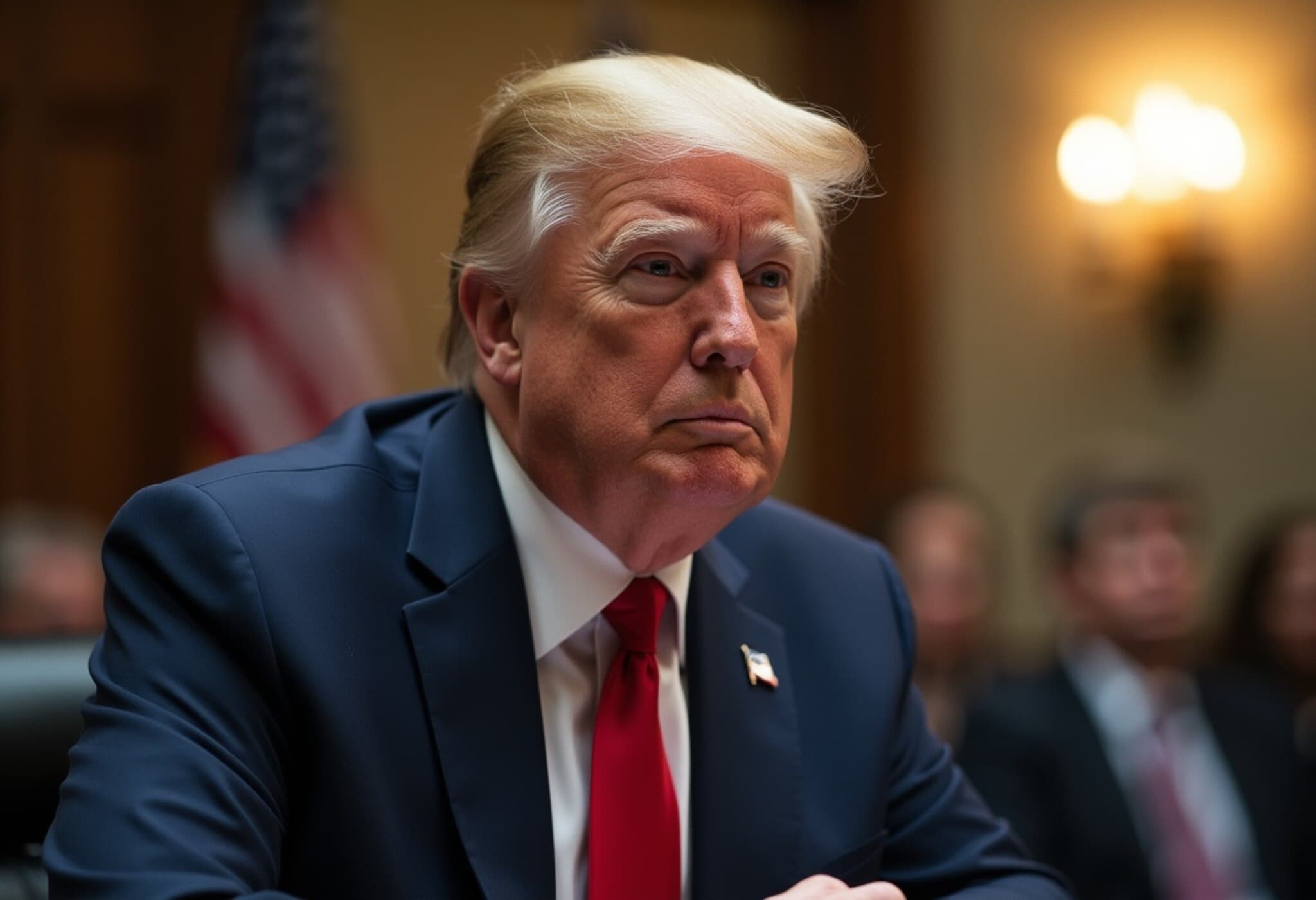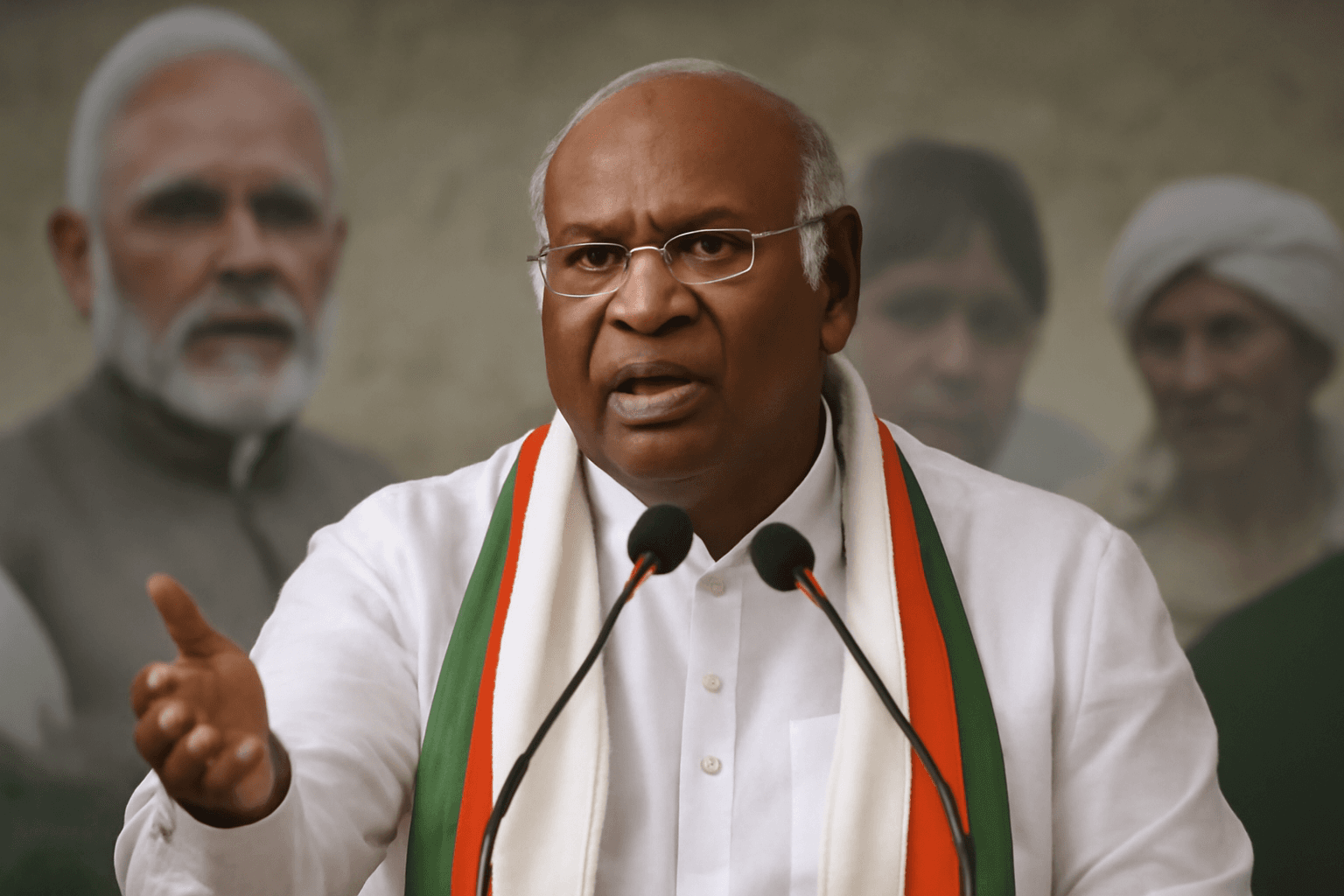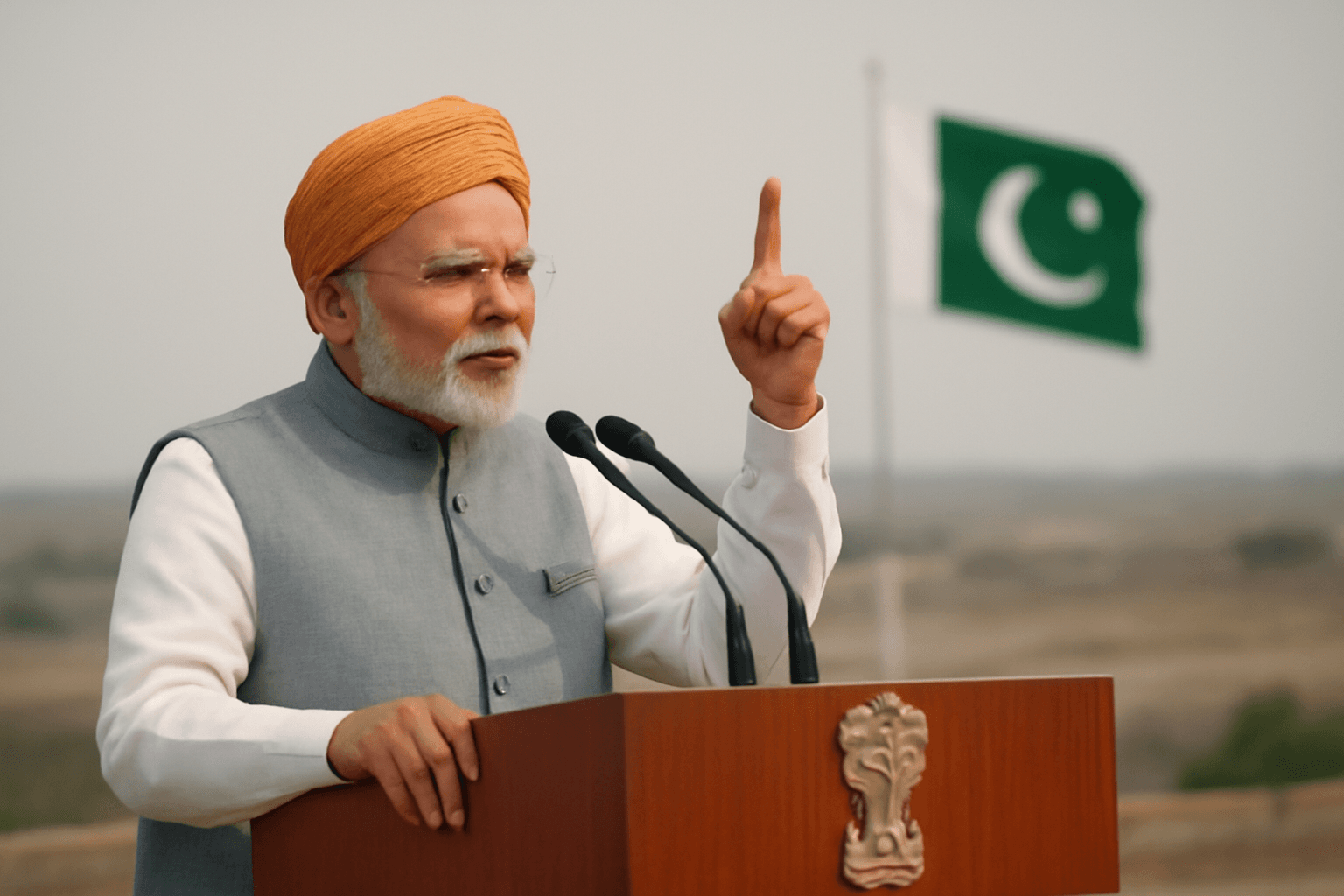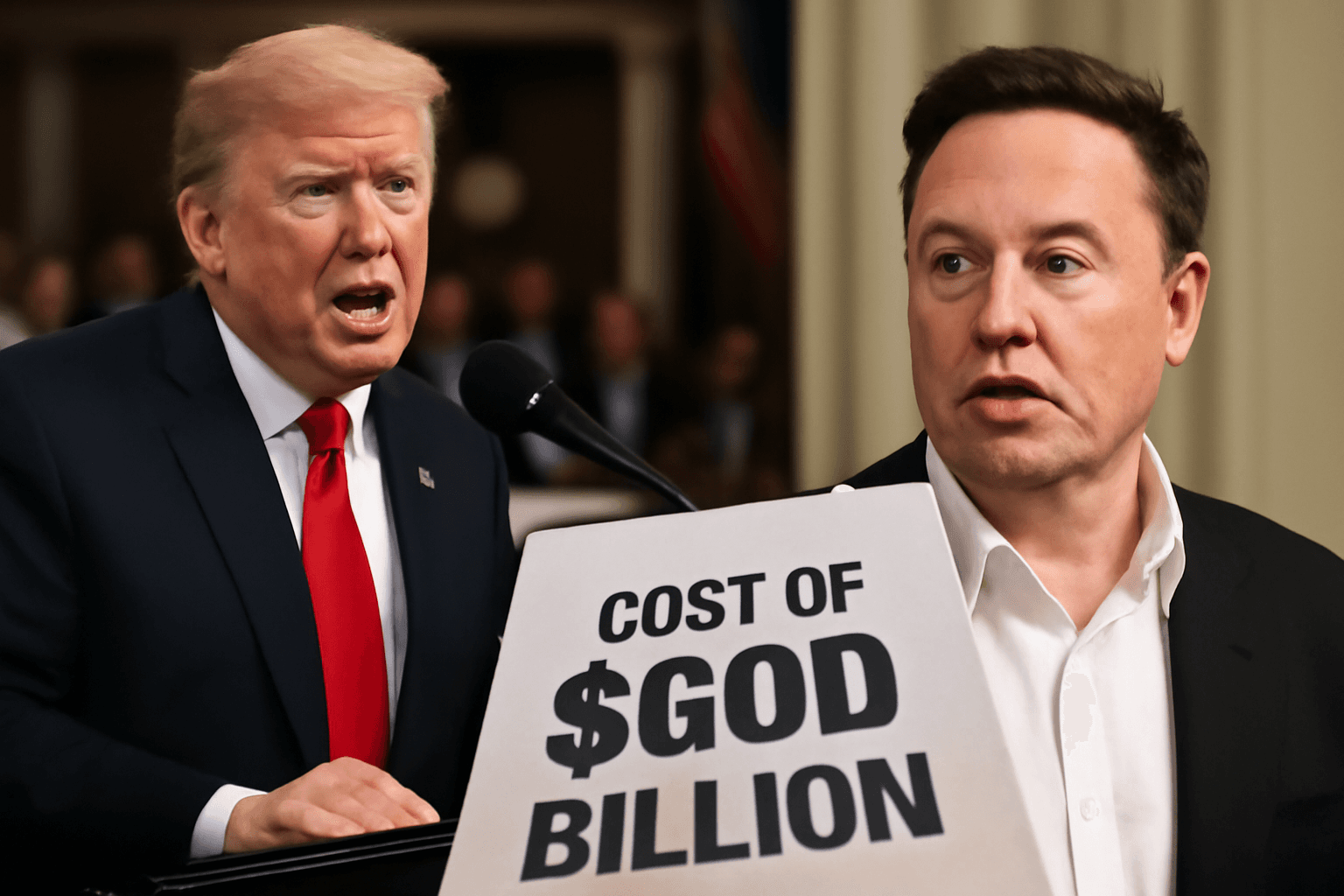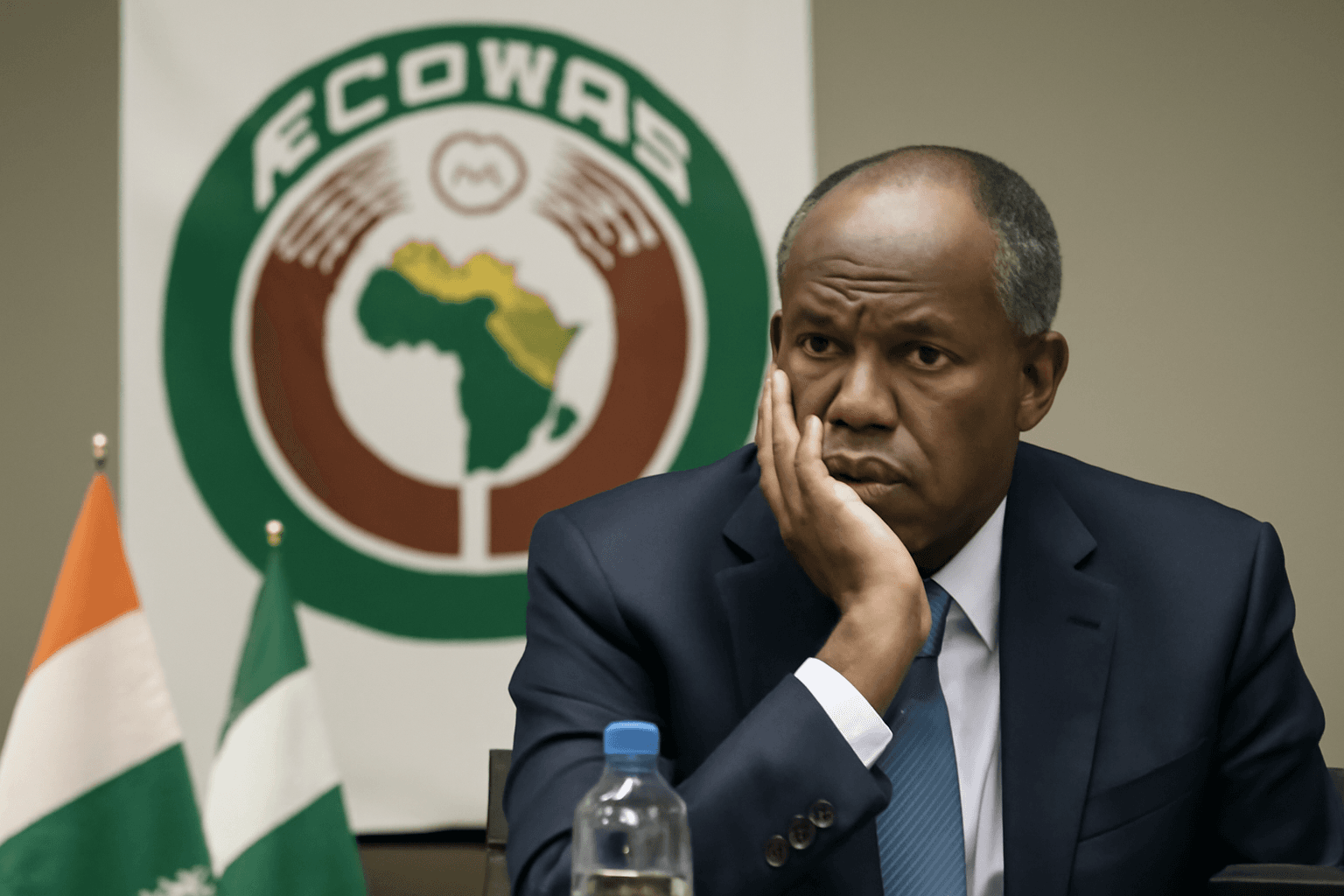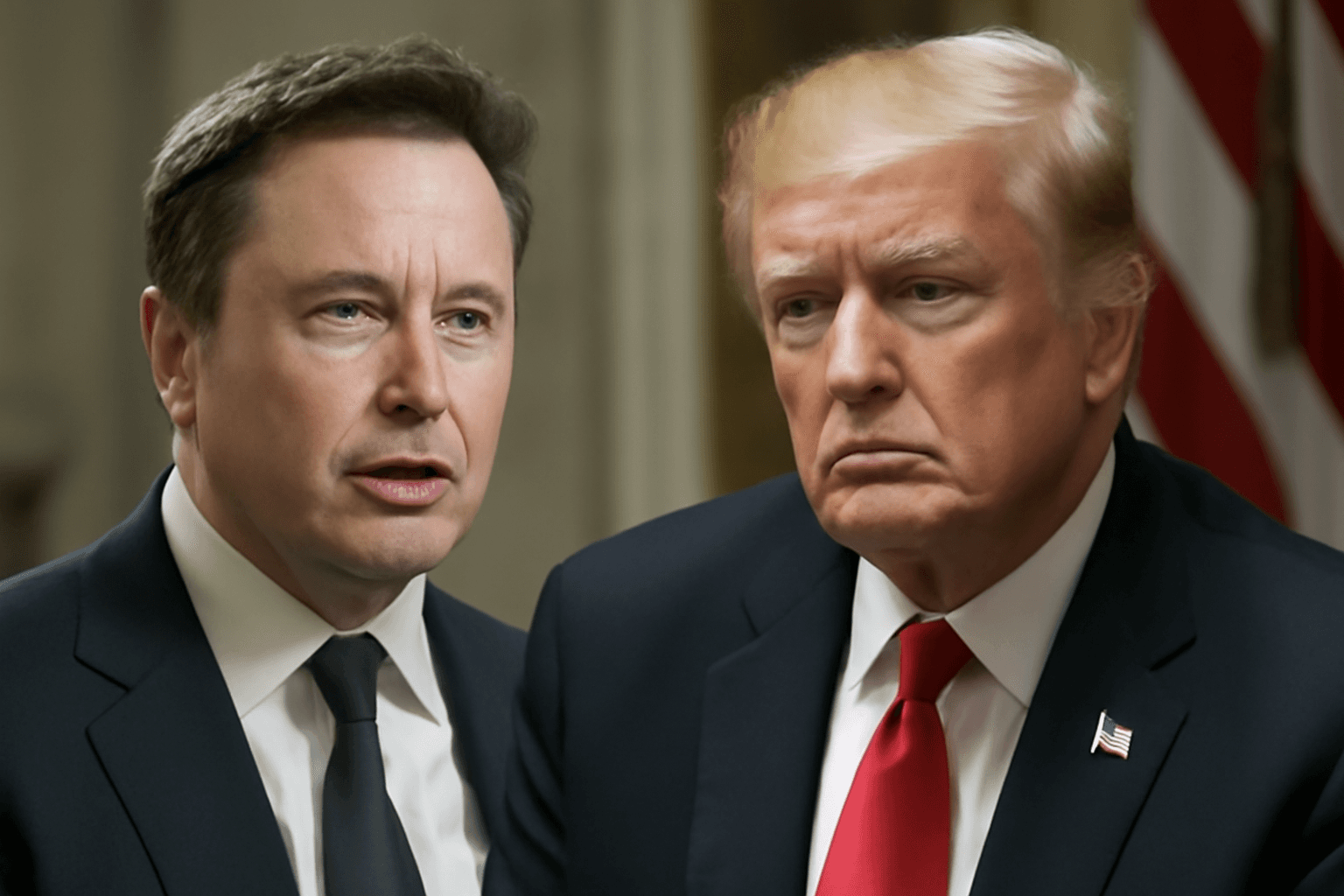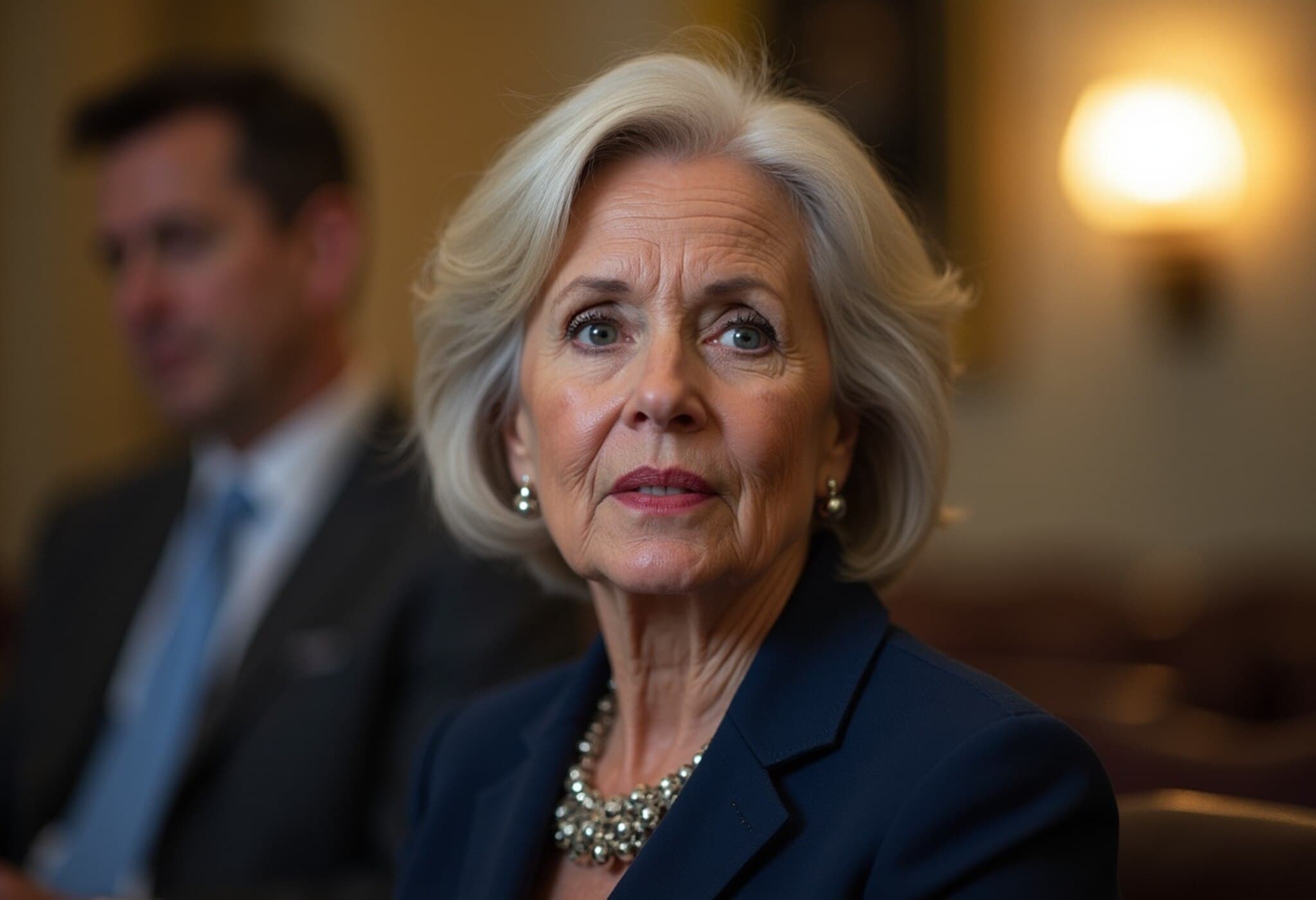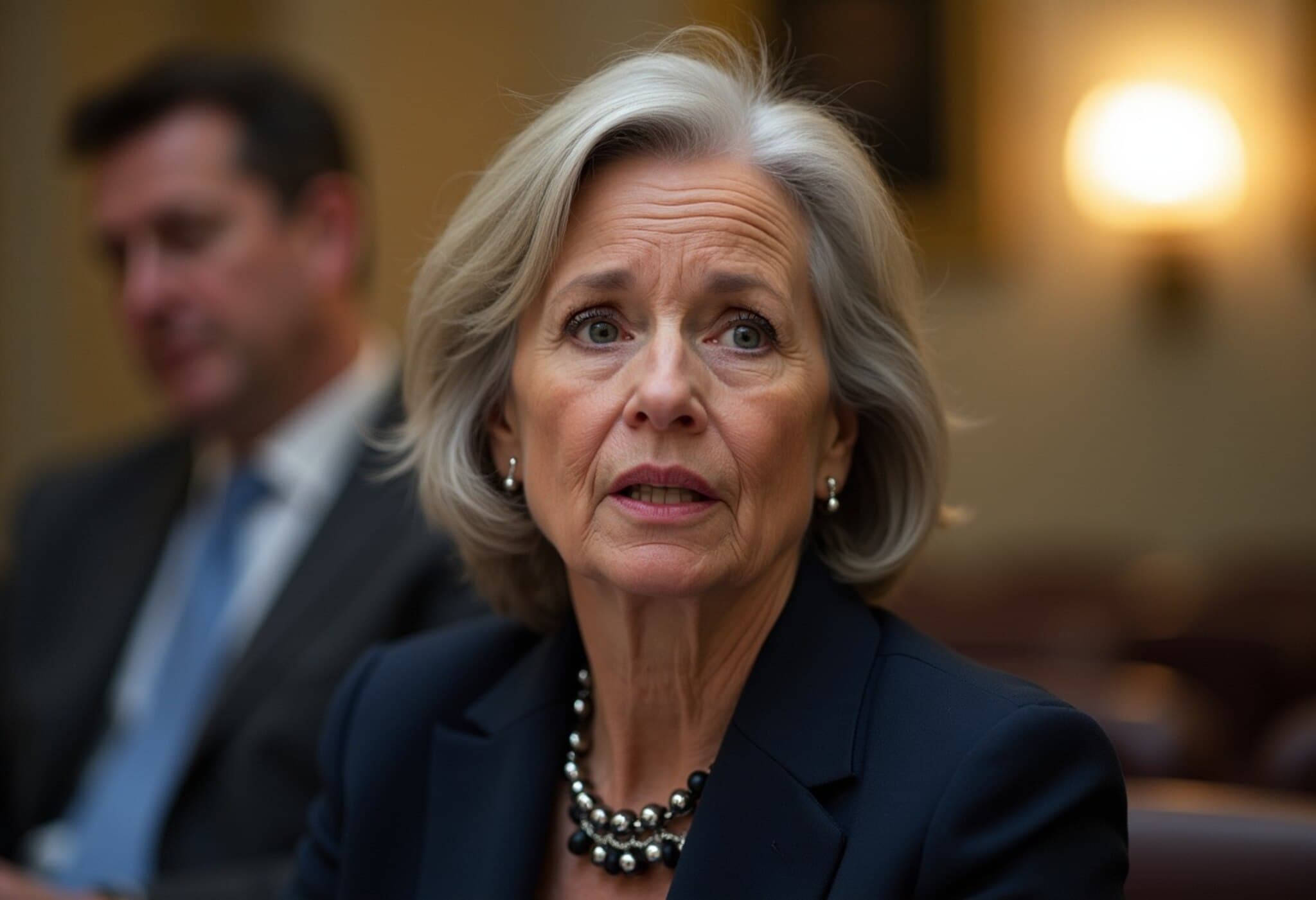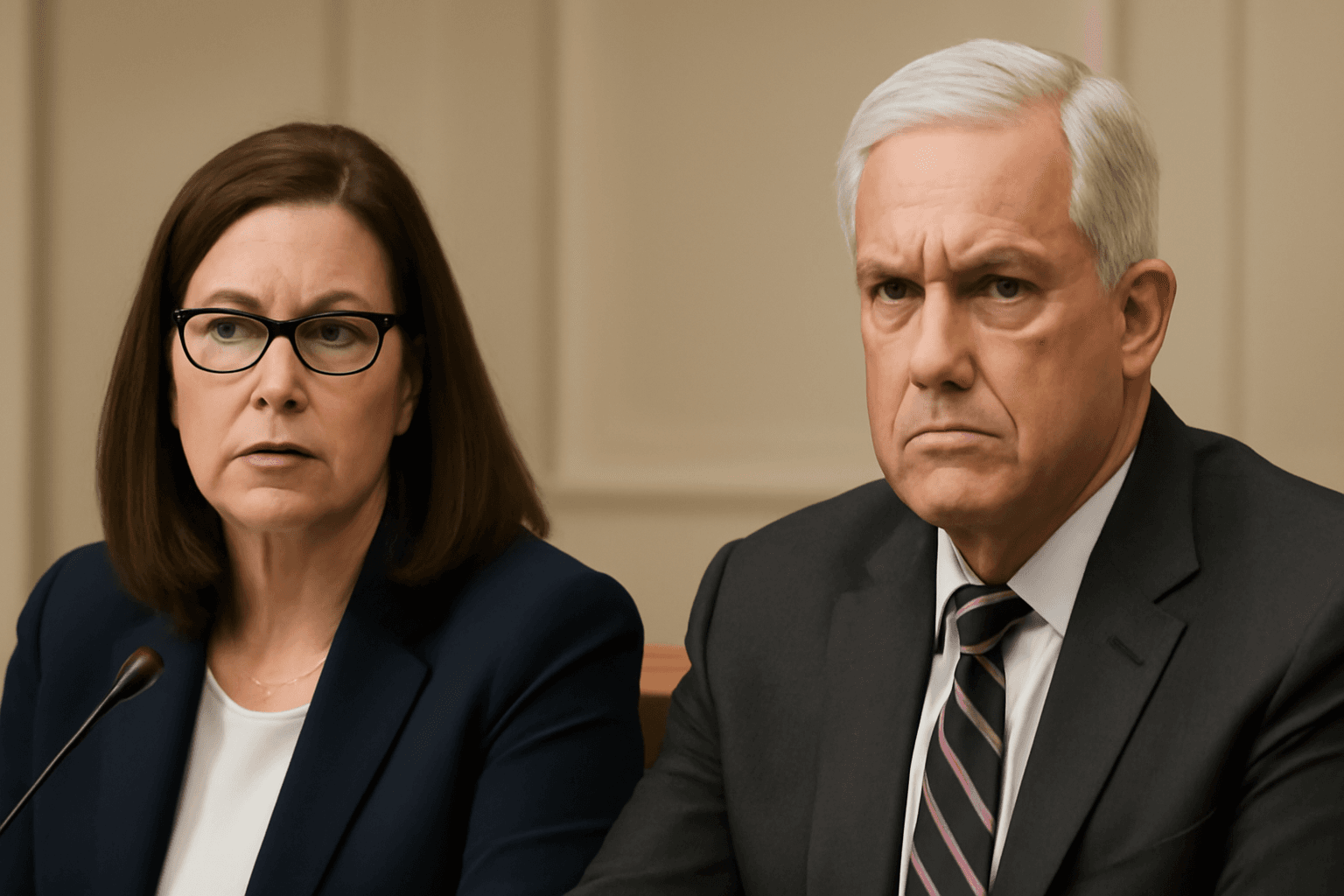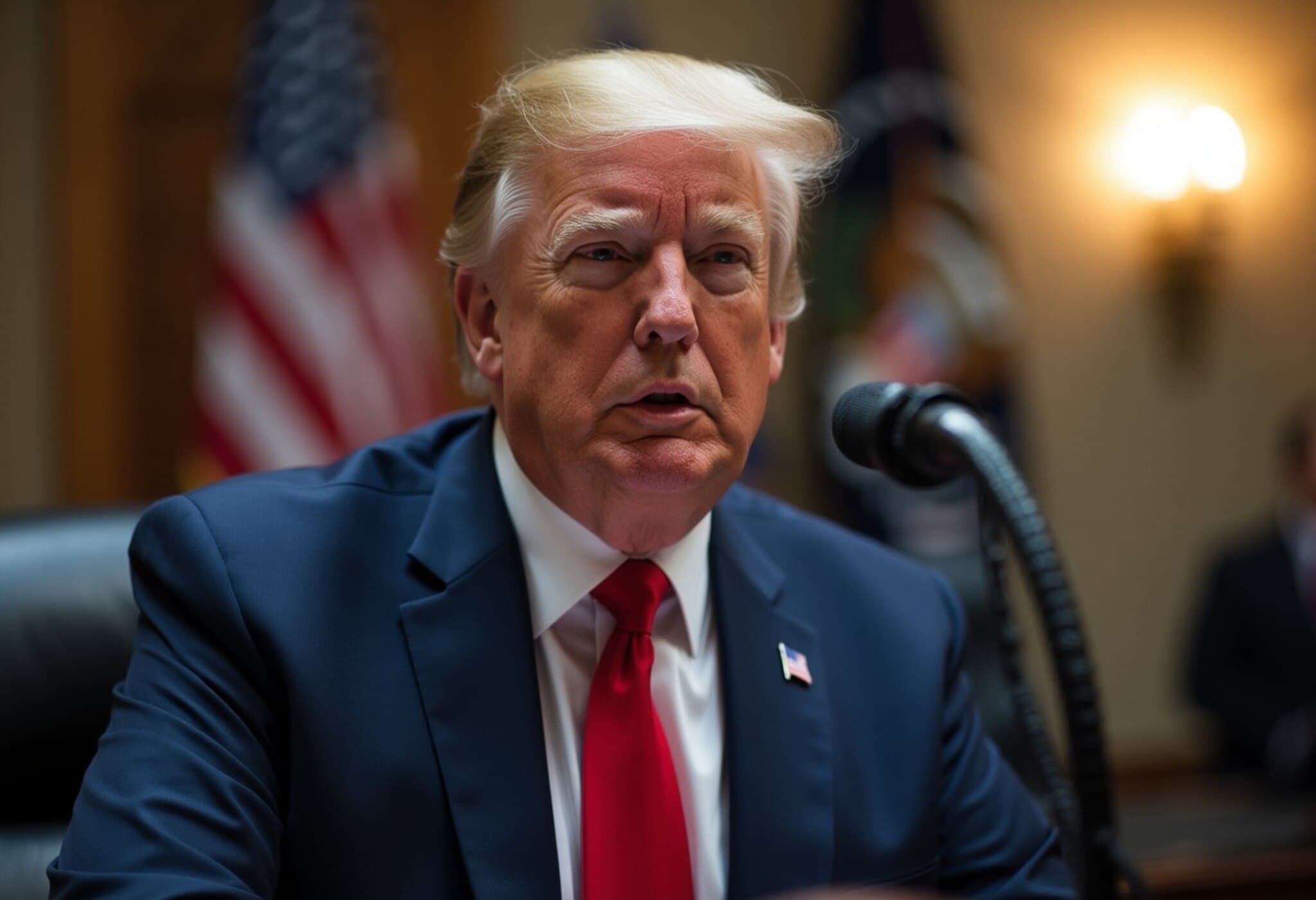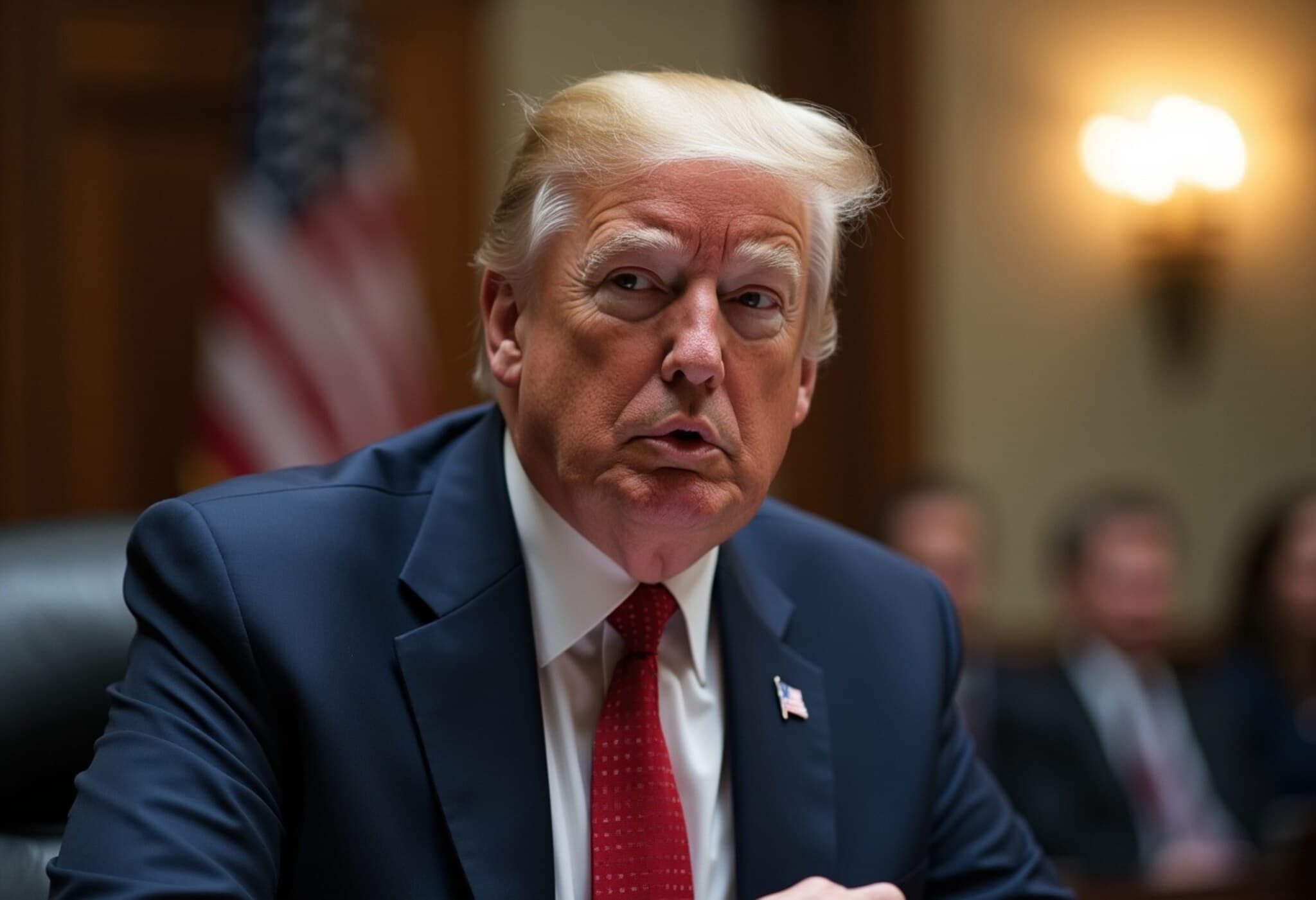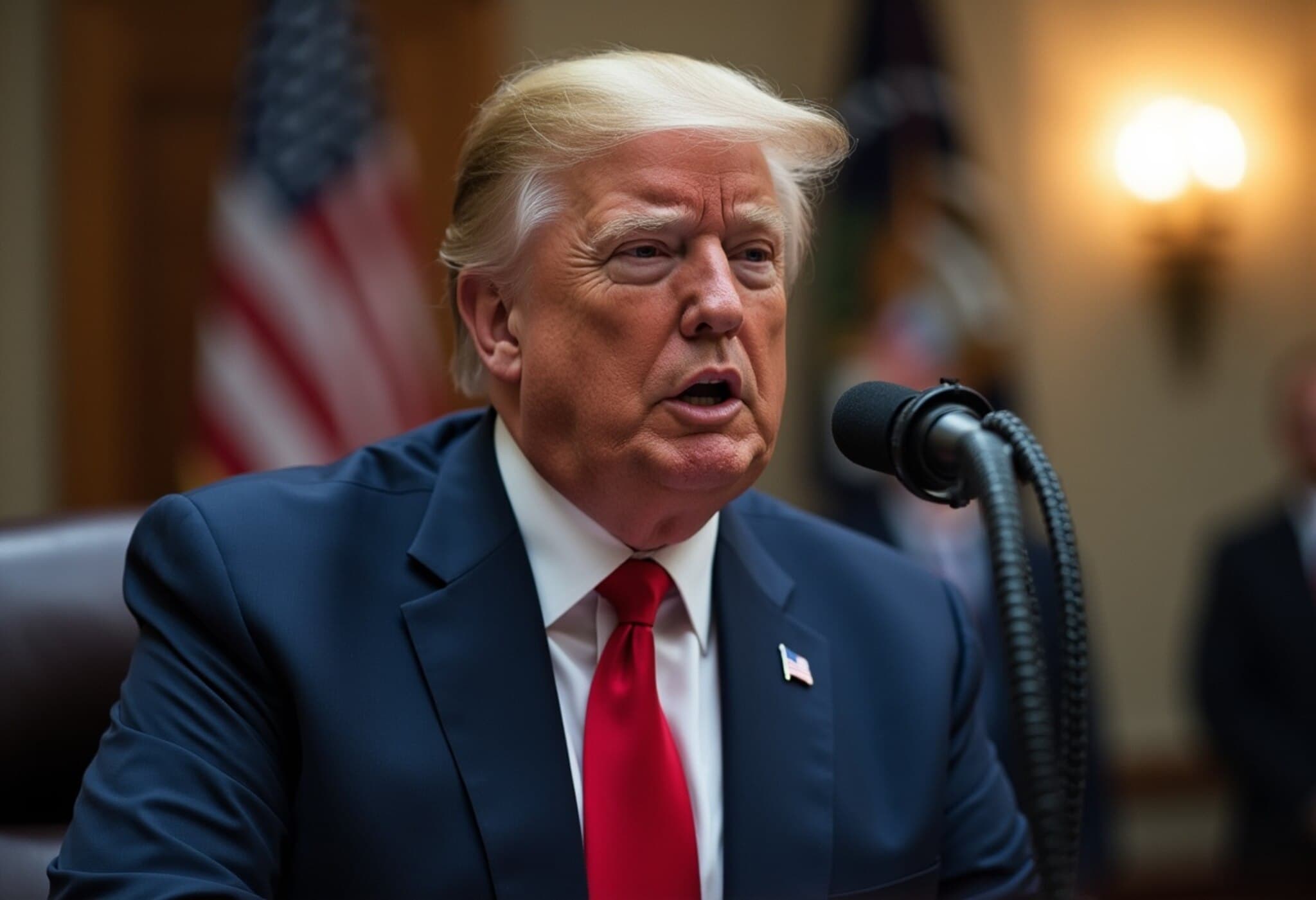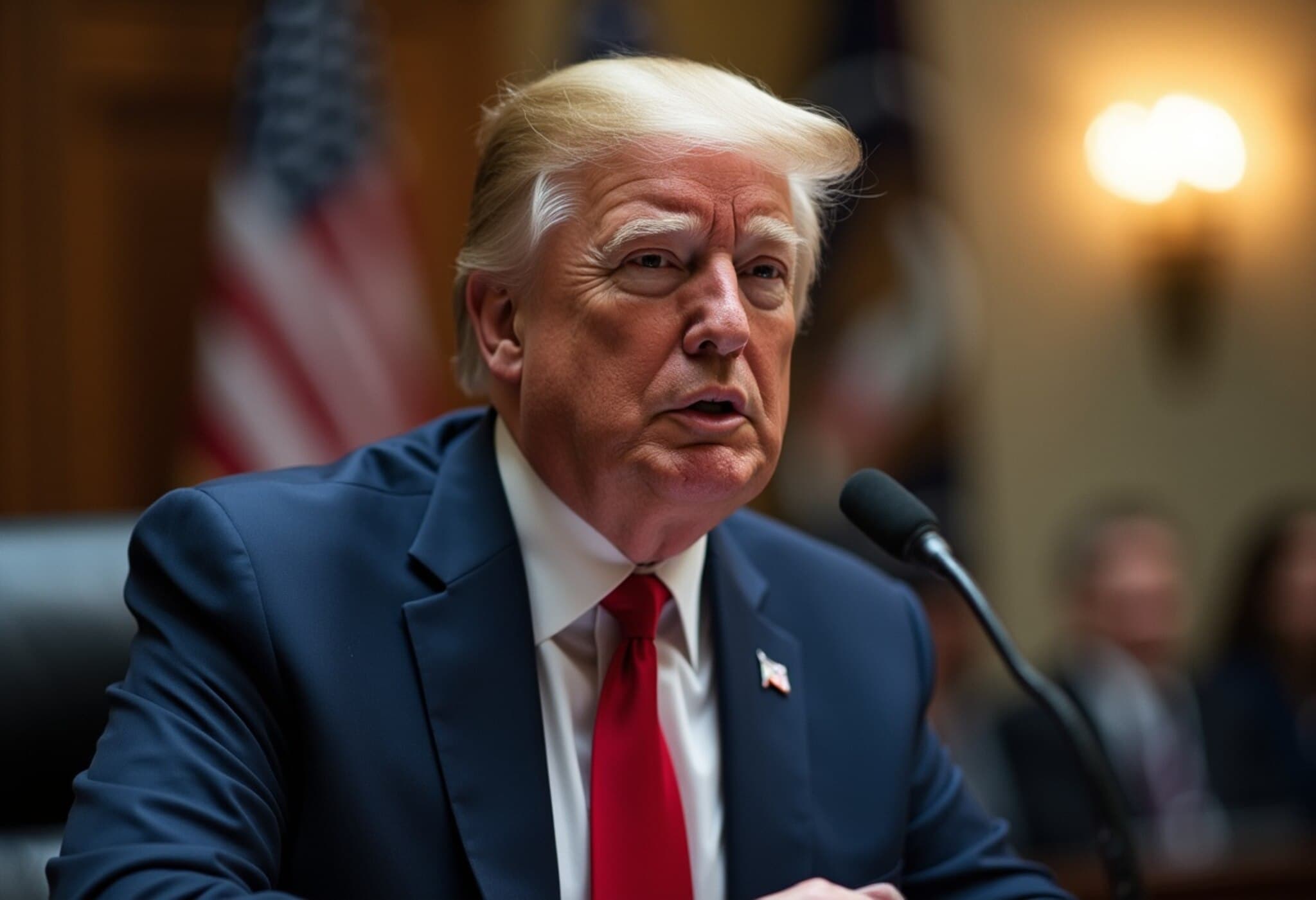Federal Reserve Governor Lisa Cook Stands Firm Amid Presidential Firing Attempt
In an unprecedented challenge to the independence of the United States central banking system, President Donald Trump announced on August 26, 2025, his decision to fire Federal Reserve Board Governor Lisa Cook. The move centers on alleged mortgage discrepancies in Cook’s past financial disclosures. However, Cook swiftly rejected the president’s authority to remove her, confidently pledging to continue her duties through the remainder of her term.
Trump Cites Mortgage Allegations as Cause for Removal
Trump’s dismissal letter accuses Cook of "deceitful and criminal conduct in a financial matter," specifically targeting her 2021 mortgage loan disclosures in Michigan and Georgia, which indicated that both homes were primary residences—allegations Trump claims undermine her integrity and competence. He invoked Article 2 of the U.S. Constitution and the Federal Reserve Act of 1913 as legal backing for his decision, which he declared "effective immediately."
Cook Reaffirms Role, Emphasizes Legal Protections
Lisa Cook, the first African-American woman to serve on the Federal Reserve’s Board of Governors, stands by her position, stating that the president lacks the authority to terminate her service prematurely. Her term is set to run until 2038, and she noted that the Federal Reserve Act permits removal only for explicit cause—a standard that has traditionally preserved the Fed's autonomy for decades.
Legal and Historical Context: A Rare Presidential Challenge
Legal experts and Fed historians highlight that presidential removal of governors for cause has been an exceedingly rare occurrence, integral to maintaining the Fed’s credibility and insulating monetary policy from political interference.
- Peter Conti-Brown, a Federal Reserve historian at the University of Pennsylvania, points out that Cook’s mortgage disclosures were public knowledge during Senate confirmation, making retroactive punishment questionable.
- Historically, since the 1970s, the notion of "for cause" removal has been interpreted to safeguard governors from politically motivated actions.
Conti-Brown remarked, "The idea that you can retroactively declare vetted financial transactions as grounds for removal contradicts the very concept of independent governance."
Market Response and Broader Implications
The announcement rattled financial markets, triggering a dip in short-term Treasury yields while longer-term rates climbed—a reflection of investor uncertainty about the Fed's future policy direction. Economists warned that presidential meddling threatens to destabilize inflation management and shake confidence in the central bank’s impartiality.
Tim Duy, chief economist at SGH Macro Advisors, commented: "This signals an aggressive push by the administration to reshape the Fed, sending a chilling signal to current and future appointees about political vulnerability."
Political Undertones and Diversity at Stake
Observers note that Cook’s dismissal appears to fit a wider pattern of contested diversity and equity initiatives within government ranks under the current administration. As the first African-American woman on the Fed’s board, her removal raises critical questions about inclusivity and representation in influential financial institutions.
Furthermore, this episode marks a departure from Trump’s previous criticism of Fed Chair Jerome Powell, whom he has not attempted to remove despite frustrations over interest rate policies.
What Lies Ahead for the Federal Reserve?
Trump's action opens the door for up to four board appointments, potentially shifting the ideological balance of the Federal Reserve’s seven-member board. With existing governors Christopher Waller and Vice Chair for Supervision still in place, and a pending nominee, the administration’s influence on monetary policy decisions could intensify.
Editor’s Note
The unfolding clash between presidential authority and Federal Reserve independence underscores a pivotal moment in U.S. economic governance. While the legal grounds of Cook’s firing remain contested, the broader implications touch on the delicate balance between politics and monetary policy. Observers and citizens alike must consider: How far should political winds be allowed to influence institutions designed expressly for stability and impartial financial oversight? This case will undoubtedly be a benchmark for future executive-judicial dynamics and the safeguarding of institutional autonomy.

